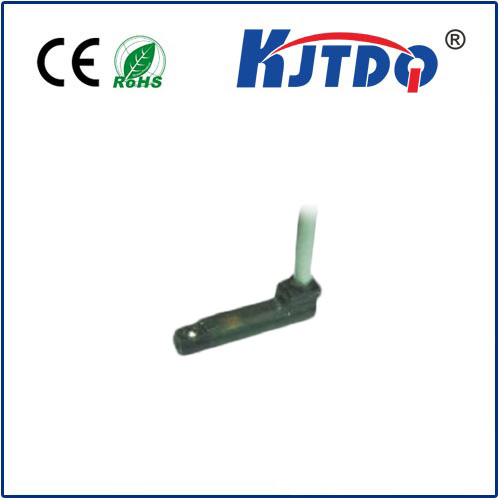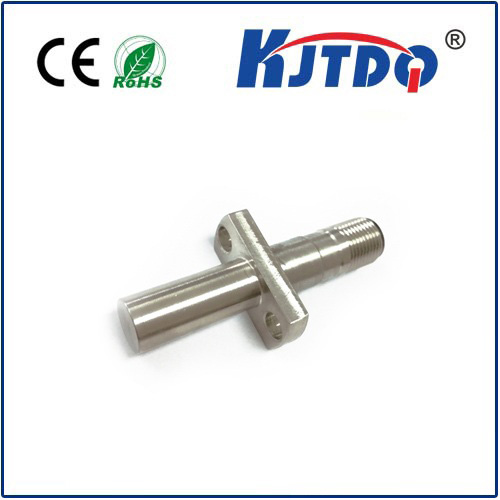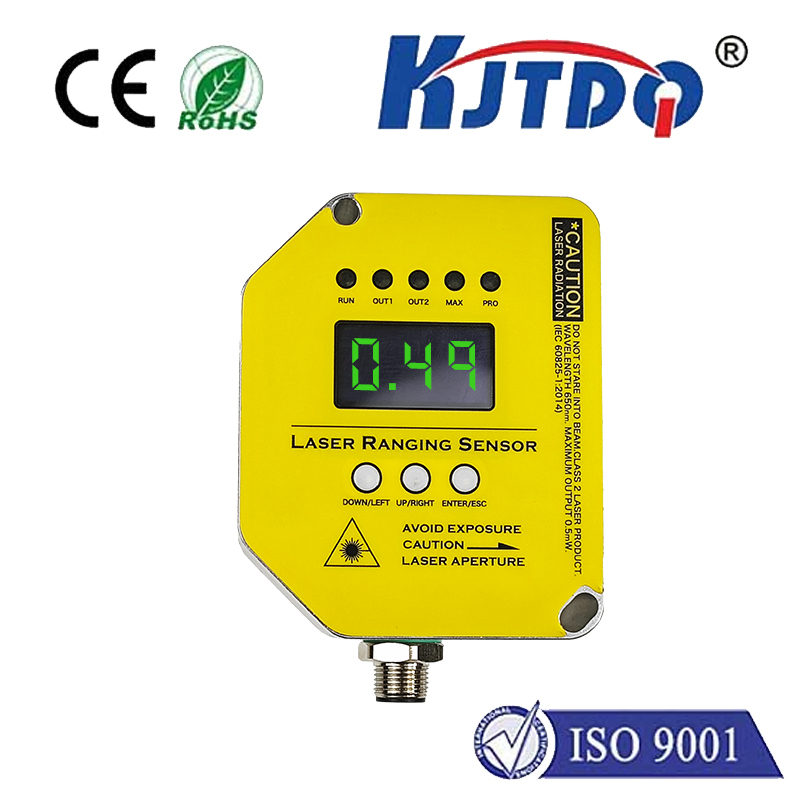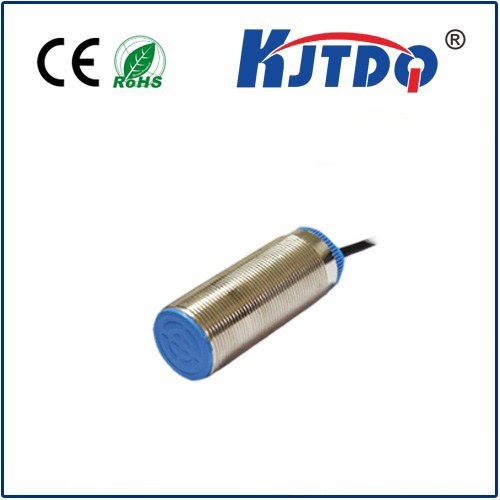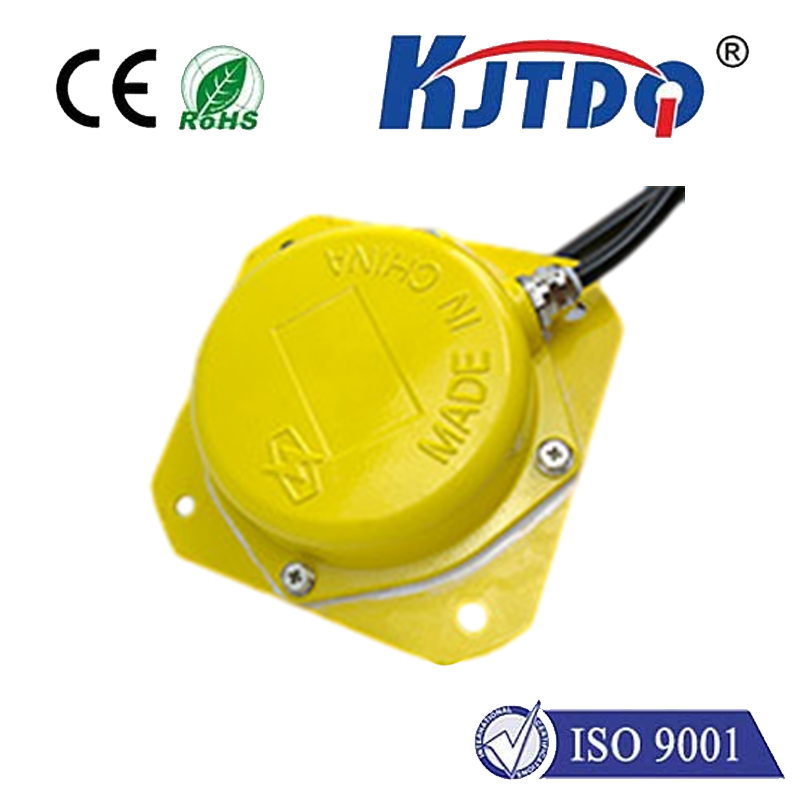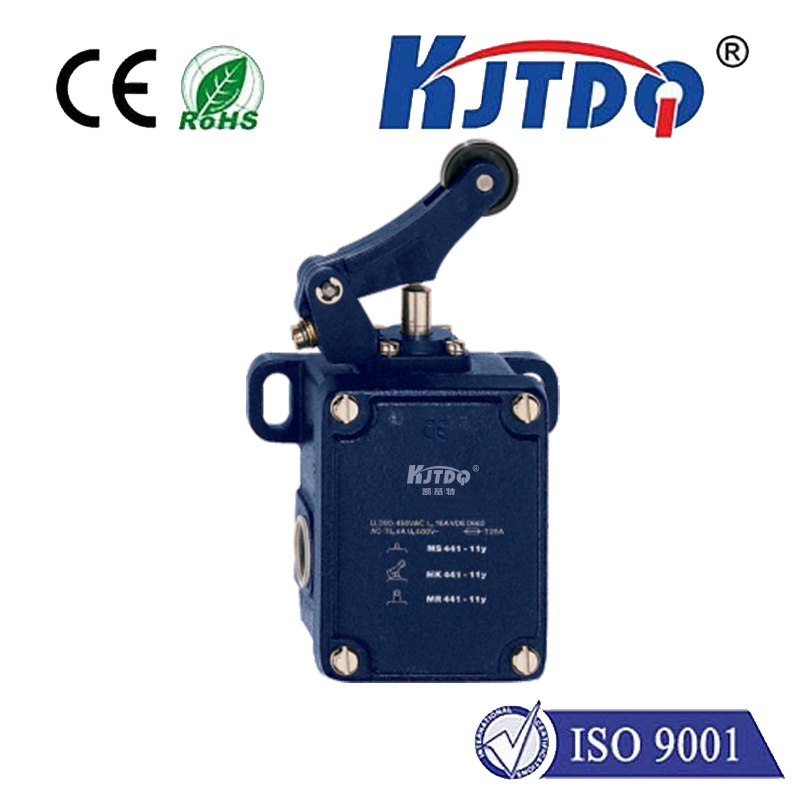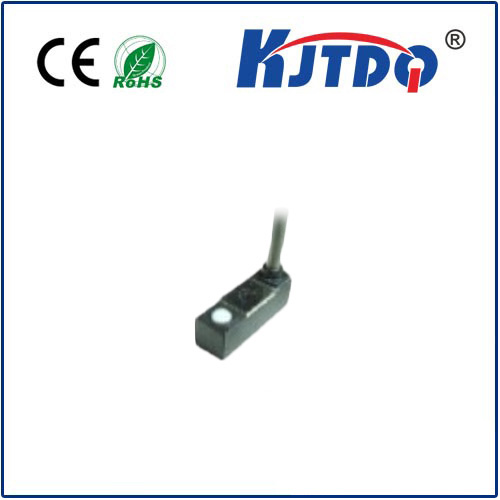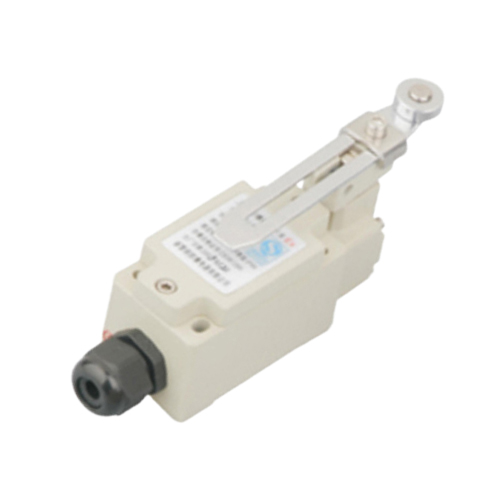photoelectric light scattering smoke detector
- time:2025-07-24 01:57:28
- Click:0
Photoelectric Smoke Detectors: Unseen Light, Unmatched Smoldering Fire Protection
Imagine a silent threat creeping through your home while you sleep – not flames, but thick, toxic smoke from a smoldering fire. It’s the leading cause of fire-related fatalities. Early detection is paramount, and photoelectric light scattering smoke detectors stand as a critical line of defense against this insidious danger. This article delves into how these sophisticated devices outperform others in detecting the first signs of slow-burning fires, potentially saving lives and property.
The Core Principle: Seeing the Unseen with Light Scattering
At the heart of this technology lies a beautifully simple, yet highly effective, physical principle. A photoelectric smoke detector incorporates a light source – typically an LED (Light Emitting Diode) emitting infrared or visible light – and a photosensitive sensor (a photodiode or phototransistor). Crucially, these two components are positioned within a special chamber such that the light beam does not directly hit the sensor under normal, smoke-free conditions.
Here’s where the magic, or rather the science, of light scattering comes in:
- Normal Conditions: In clear air, the light beam travels unimpeded across the chamber, missing the sensor entirely. The sensor detects no light.
- Smoke Enters the Chamber: When smoke particles enter the detection chamber, they interfere with the light beam.
- Light Scattering Occurs: Smoke particles cause the light to scatter or deflect in multiple directions (known as Tyndall scattering).
- Sensing the Scattered Light: Some of this scattered light is deflected towards the photosensitive sensor.
- Alarm Triggered: The sensor detects this incoming light. Once the intensity of the scattered light reaches a predetermined threshold, indicating sufficient smoke density, the detector triggers its audible and/or visual alarm.
This mechanism makes photoelectric detectors exceptionally sensitive to the larger smoke particles characteristic of smoldering fires. Think of a cigarette igniting upholstery, an overloaded electrical cord overheating, or embers smoldering in a wastebasket – these scenarios produce significant amounts of visible, larger particle smoke long before bursting into open flames.

Why Choose Photoelectric Light Scattering Detectors?
The design focusing on light scattering provides distinct advantages:
- Superior Smoldering Fire Detection: This is their primary strength. They detect the dense, visible smoke from slow-burning fires significantly faster than other common types (like ionization detectors), providing those crucial extra minutes for escape.
- Reduced Cooking Nuisance Alarms: While not immune, they are generally less prone to false alarms triggered by steam or light cooking smoke (which often consists of smaller particles or vapor) compared to ionization detectors, which are more sensitive to tiny combustion particles. This reliability encourages homeowners to keep them active.
- Effective for Common Fire Types: They perform well against fires involving furniture, bedding, carpets, and wiring insulation – common initiators of household fires.
- Reliability: Containing no radioactive material (unlike ionization detectors), they often have simpler electronics and are considered robust and reliable devices.
Understanding the “Light Scattering” Chamber Design
The internal chamber design is critical for optimizing light scattering efficiency. Manufacturers use various configurations:
- Labyrinth Chambers: Feature baffles or maze-like structures. These prevent ambient light from entering and directly hitting the sensor, while maximizing the path smoke particles take through the light beam, enhancing scattering opportunities.
- Angled Placement: The light source and sensor are precisely angled so direct light misses the sensor, but scattered light from smoke particles can reach it.
- Blackened Surfaces: Internal surfaces are often blackened to absorb stray light, improving signal-to-noise ratio for the sensor.
Where Photoelectric Detectors Shine (Literally and Figuratively)
Given their strengths, photoelectric smoke detectors are highly recommended for specific locations:
- Hallways Outside Bedrooms: Providing early warning to sleeping occupants.
- Living Rooms and Family Rooms: Where upholstered furniture and electronics are common.
- Kitchens (with care): While less prone to cooking nuisance alarms than ionization, placement away from cooking appliances (e.g., ceiling center, at least 10 feet from stove) is still advised. Combination photoelectric/CO detectors are excellent for kitchens.
- Basements and Attics: Often containing stored materials prone to smoldering.
Important Considerations and Limitations
While outstanding for smoldering fires, it’s vital to understand their scope:
- Fast-Flaming Fires: Ionization detectors may sometimes respond marginally faster to very small particle smoke produced by fast-flaming, low-smoke fires (like paper burning in a wastebasket or flammable liquid fires). However, the overall safety advantage strongly favors photoelectric technology for typical residential fires.
- Not a Standalone Solution: No single detector type is best for all fires. The National Fire Protection Association (NFPA) strongly recommends:
- Using combination photoelectric and ionization detectors, OR
- Using interconnected photoelectric detectors alongside separate ionization detectors. This provides the broadest spectrum of fire detection.
- Adding Carbon Monoxide (CO) detectors near bedrooms and on every floor is non-negotiable.
- Maintenance: Like all smoke detectors, they require monthly testing (press the test button) and regular battery replacement (or ensuring hardwired backups work). Dust and insects can obstruct the chamber over time, necessitating gentle vacuuming or cleaning per manufacturer instructions. Replace units every 10 years.
Conclusion: A Vital Layer of Protection
The photoelectric light scattering smoke detector is a triumph of applied physics, leveraging the simple phenomenon of light scattering to provide life-saving early warnings. Its exceptional sensitivity to the dense smoke from smoldering fires – the most common and deadly type in homes – makes it an indispensable component of any modern fire safety strategy. While understanding its specific strengths and the importance of a comprehensive system (including ionization and CO detectors), prioritizing photoelectric technology, especially near sleeping areas and living spaces, significantly enhances your home’s ability to detect the unseen killer: smoke, before flames even appear. Ensuring these detectors are properly installed, maintained, and interconnected provides peace of mind and precious time when seconds count the most.






